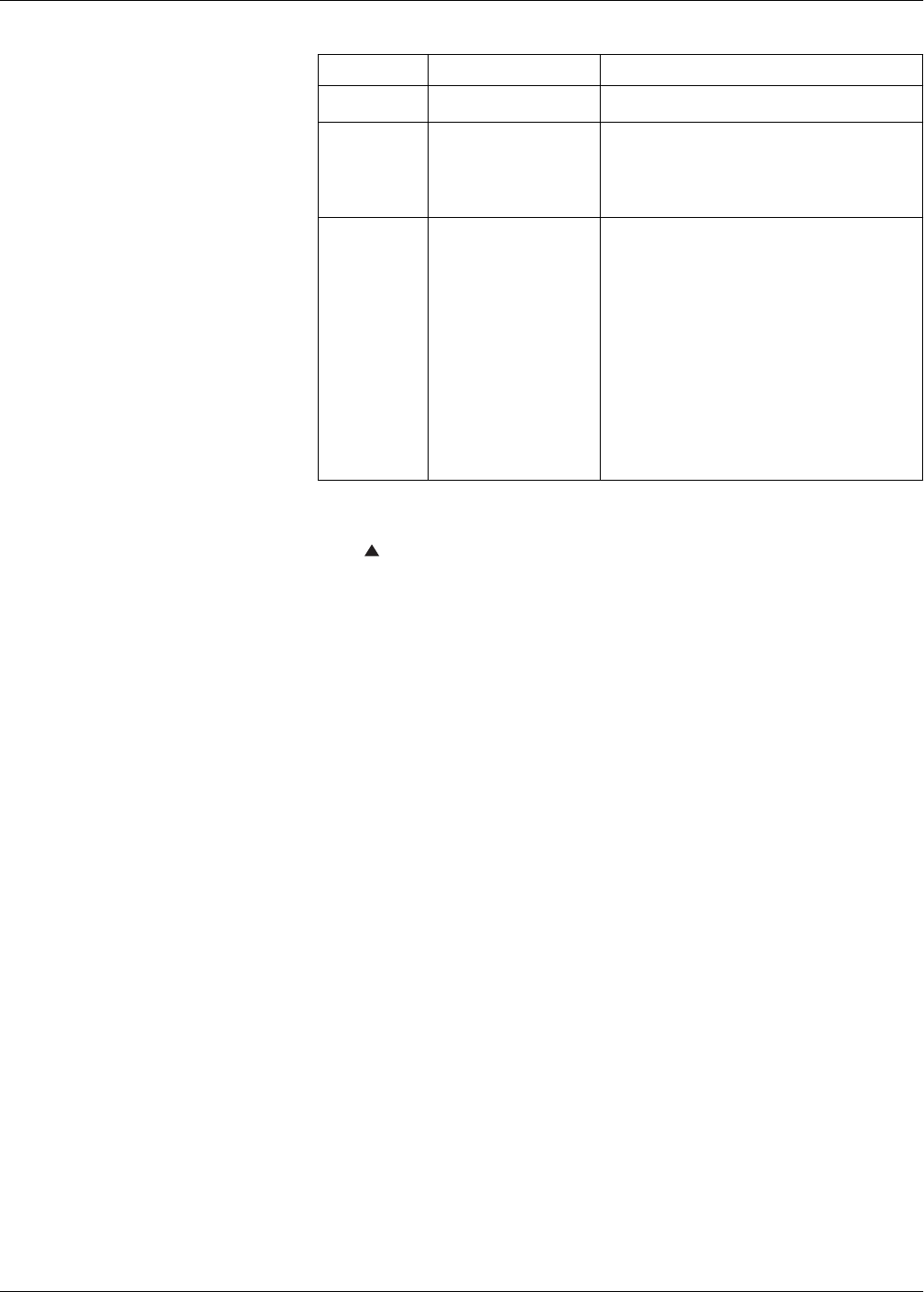
72 HRB1684301-01
Chapter 8—Input / Output PowerLogic™ PM5500 series user manual
7. Move the cursor to point to the next parameter you want to modify, press Edit,
make your changes, then press OK.
8. Press to exit. Press Yes to save your changes.
Related topics
• See “Synchronized demand” on page 112 for information on using an external
source to synchronize meter demand periods.
• See “Input metering setup” on page 73 for details on associating a digital input for
input metering applications.
Input metering
Your meter’s digital inputs can be used to count pulses from transducers and convert
the pulses to energy measurements.
Your meter’s input metering channels count pulses received from the digital inputs
assigned to that channel. The incoming pulses are used in calculating and measuring
consumption data (e.g., BTU, kWh, L, kg). Each channel must have the following
values configured to match the pulse data:
• Pulse Weight: the pulses per unit value.
• Unit Code: the unit of measure associated with the monitored value.
• Demand Code: for time-based values (such as kWh), this provides the associated
demand units (kW) for demand calculations; for other values (such as kg), this can
be configured to provide rate information (kg/h or kg/s).
• Mode: Whether pulse counting based on full pulses or transitions.
For example, if each complete pulse represents 125 Wh, you can configure for Wh
pulsing as follows:
• Pulse Weight = pulses/Wh = 1/125 = 0.008
• Unit Code = Wh
• Demand Code = kW (this is automatically set)
• Mode = pulse
Digital input setup parameters available through the front panel
Parameter Values Description
Label —
This can be modified only through software. Use this
field to assign names to the digital inputs (S1 to S4).
Debounce Time
(ms)
0 to 1000
Debounce is the time delay that compensates for
mechanical contact bounce. Use this field to set how
long (in milliseconds) the external signal must remain in
a certain state to be considered a valid state change.
Allowable values are increments of 10 (i.e., 10, 20, 30,
etc., up to 1000 ms).
Control Mode
Normal, Demand Sync, Input
Metering, Multi-Tariff
This field displays how the digital input functions.
• Normal: the digital input is either associated with a
digital input alarm, or it is not associated with
another meter function. The meter counts and
records the number of incoming pulses normally.
• Demand Sync: the digital input is associated with
one of the input sync demand functions. The meter
uses the incoming pulse to synchronize its demand
period with the external source.
• Input Metering: the digital input is associated with
one of the input metering channels. The meter
counts and records the number of incoming pulses
and related consumption data associated with the
pulses.
• Multi-Tariff: the digital input is associated with the
multi-tariff function. See “Input mode overview” on
page 105.
